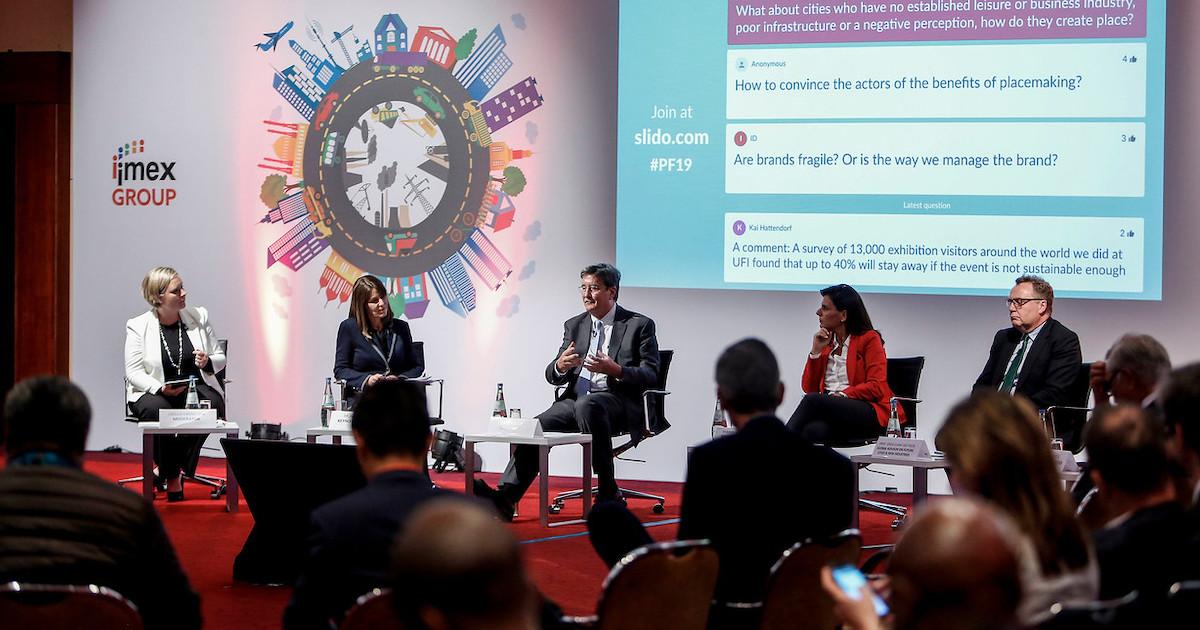Destinations need to go beyond slogans, logos and promotional campaigns to capture the hearts and attentions of visitors.
This was the message from Julie Grail to the IMEX Policy Forum at the annual meetings and incentive travel exhibition event in Frankfurt.
Grail, managing director of The BIDs Business and an expert in place branding, urged destinations to adopt integrative place branding strategies and become more aware of what they offer that is distinct and desirable in trying to attract a meetings and events audience.
“In a globalized world, places increasingly vie for attention—in such a highly competitive environment, place branding can help by building competitive identity in order to influence perceived images in relevant markets,” she said. “In particular, sustainable competitive advantage can be created by building brand equity in relation to the identity of the nation, region, local area or city or town.”
Grail said that place needed to be defined as more than just a geographical space and had to be defined by other principles, too.
A place branding approach should consider the sense of place of a destination, its product offering, the experience that visitors get and the image or perception that they have of the place.
Destinations should embrace key place branding principles such as distinctiveness and authenticity, Grail said. Drilling down to an understanding of what makes a place unique compared to competitors helps destinations get to the core values of the place’s brand.
Collaboration is also important in establishing the place brand to allow stakeholders to identify its key characteristics. This, in turn, allows the design of authentic customized and co-created place experiences.
“Authenticity in place branding is about people co-creating things that matter to them,” Grail said. “Place branding is not a top-down exercise and will only produce the best results when it is created and maintained through a strong coalition.”
Grail explained how place management required a multi-stakeholder approach to improve locations, harnessing the skills, experiences and resources of those in the private, public and voluntary sectors. The effectiveness of any coordinated investment activity is best delivered through collaboration, which could start as an informal partnership of interested parties and evolve into a more formalized structure, such as a Business Improvement District (BID).
Grail has been involved in managing places for more than two decades. She led the first UKBID pilot program, “The Circle Initiative,” in central London between 2001 and 2005. She also established and led the first regional BIDs program and was founder and chief executive of the national BID organization British BIDS (2006 to 2015).







